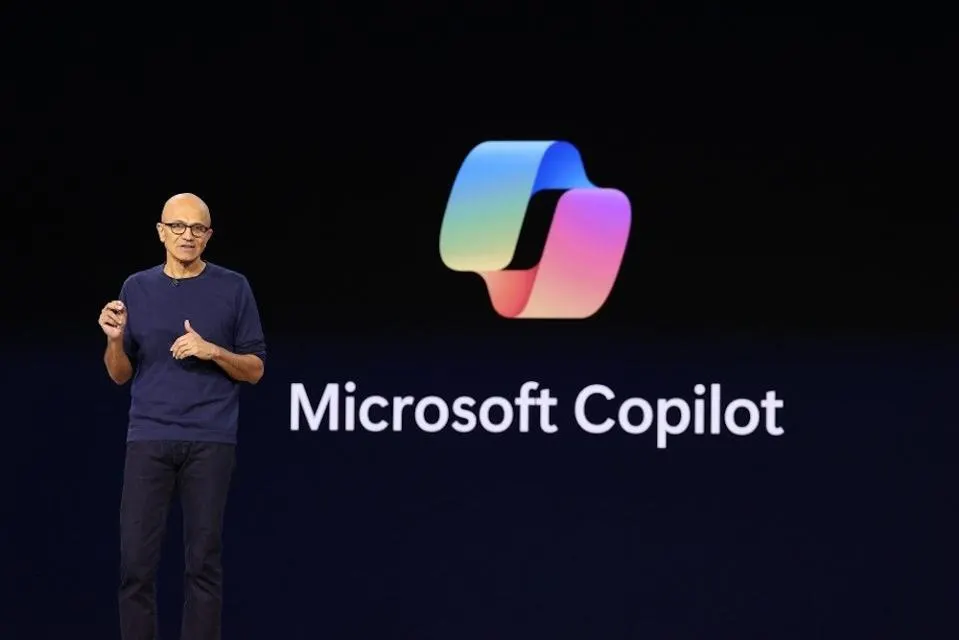Microsoft Embraces Generative AI with Copilots, Custom Chips, and Open Source Models
Microsoft Embraces Generative AI with Copilots, Custom Chips, and Open Source Models. At its recent Ignite event, Microsoft unveiled a comprehensive strategy to dominate the generative AI landscape, encompassing a suite of AI-powered assistants called copilots, purpose-built chips, and an expanding collection of open source foundation models. This multi-pronged approach highlights Microsoft’s commitment to democratizing access to AI and empowering organizations to achieve more.
Copilots: A New Era of AI Assistants
Microsoft’s copilots are AI-powered assistants designed to enhance productivity and elevate customer experiences across the organization. These AI assistants will seamlessly integrate into Microsoft’s existing products and services, providing real-time assistance and personalized recommendations.
To power these copilots, Microsoft is leveraging Azure as the underlying operating system, providing the runtime and platform services. The AI assistants themselves will be built on top of foundation models like GPT-4, forming the kernel of this new AI ecosystem.
Microsoft’s Hardware Revolution: Custom Chips for AI
Microsoft is not only investing in software but also hardware, recognizing the importance of purpose-built chips for AI applications. The company has announced plans to manufacture its own CPUs, GPUs, and DPUs, specifically tailored for AI workloads.
This hardware initiative includes Azure Cobalt, a custom CPU designed for optimal performance and watt efficiency, Azure Maia, a series of AI accelerators for cloud-based training and inference, and Azure Boost, a DPU to improve the efficiency of Azure data centers.
Open Source Foundation Models: Expanding the AI Ecosystem
Microsoft is not solely relying on third-party foundation models; it is also investing in developing its own models to complement those available in Azure OpenAI and Azure ML. These homegrown models, such as Phi-1-5 and Phi-2, are lightweight and require fewer resources compared to traditional large language models.
Additionally, Azure ML now supports a range of open source foundation models, including Llama, Code Llama, Mistral 7B, Stable Diffusion, Whisper V3, BLIP, CLIP, Flacon, and NVIDIA Nemotron. This commitment to open source further expands the AI ecosystem available to Azure users.
Microsoft Fabric and Microsoft Graph: The Data Platform
AI applications require vast amounts of data for training, fine-tuning, and retrieval. Microsoft Fabric and Microsoft Graph play crucial roles in providing this data foundation.
Microsoft Fabric is a data lakehouse platform that simplifies data management and analytics for AI applications. OneLake, a component of Fabric, is designed to handle large and varied datasets efficiently.
Microsoft Graph, on the other hand, provides a unified API to access diverse data across Microsoft 365 services. This API is essential for developing AI copilots that can provide personalized assistance based on users’ professional environments.
Microsoft’s AI Leadership: A Multifaceted Approach
Microsoft’s comprehensive AI strategy encompasses a focus on hardware, software, and open source contributions, demonstrating its commitment to leading the AI revolution. By leveraging its platform heritage and innovating across various domains, Microsoft is well-positioned to empower organizations and individuals to harness the power of AI.








